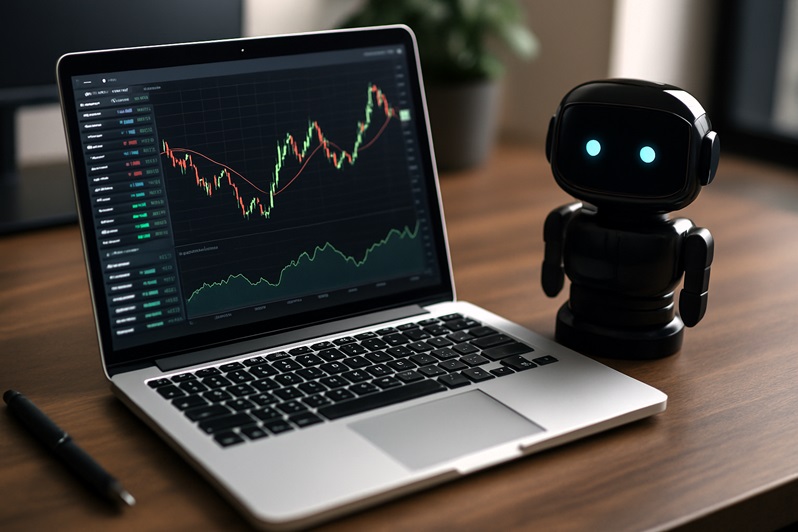
Automated trading has transformed the Forex market by allowing traders to execute trades based on pre-defined strategies without manual intervention. Forex signals play a crucial role in this system, providing traders with entry and exit points that can be executed automatically through trading bots. While automation offers efficiency and speed, it also comes with challenges that traders must carefully evaluate.
The Advantages of Automated Trading with Forex Signals
Automation in Forex trading eliminates emotional decision-making, ensuring that trades are executed based on strategy rather than sentiment. Trading bots can operate 24/7, reacting instantly to market changes, which is especially beneficial in volatile markets where manual execution may be too slow. Additionally, automated systems allow traders to diversify their strategies across multiple currency pairs, optimizing their risk management by spreading exposure.
Another advantage lies in backtesting capabilities. Traders can analyze historical data to refine their strategies, making improvements based on real performance rather than assumptions. Automated trading also provides consistency, reducing the risk of human error and fatigue, which can lead to costly mistakes in manual trading.
The Challenges and Risks of Automated Trading
Despite its benefits, automated trading is not without risks. Market conditions are constantly evolving, and an algorithm that performs well under certain conditions may struggle when trends shift. Relying solely on historical data for decision-making can lead to overfitting, where a strategy works well in backtests but fails in live markets.
Technical failures also pose a risk. Internet disruptions, software bugs, or latency issues can lead to missed or incorrect trades. Moreover, automated trading requires ongoing monitoring and adjustments to remain effective, contradicting the perception that it is a completely hands-off approach. Traders must also be aware of potential scams in the automated trading industry, as unreliable signal providers and poorly coded bots can result in significant losses.
Striking a Balance: Automation and Human Oversight
To maximize the benefits of automated trading, traders should integrate human oversight. Regular strategy evaluation, combined with real-time monitoring, ensures that the system adapts to market changes. Hybrid approaches, where traders use automation for execution while manually assessing fundamental and macroeconomic factors, can enhance performance. Choosing a reliable Forex signal provider and testing algorithms in demo environments before live trading is crucial to mitigating risks.
Conclusion
Automated trading with Forex signals offers traders the advantage of speed, efficiency, and consistency, but it is not a foolproof system. Success requires ongoing strategy refinement, risk management, and a clear understanding of automation’s limitations. By combining algorithmic trading with human oversight, traders can navigate the complexities of Forex markets while leveraging technology to their advantage.
FAQs
How does automated Forex trading work?
Automated Forex trading relies on pre-programmed algorithms that execute trades based on signals and market conditions without manual input.
What are the main advantages of automated trading?
Automated trading eliminates emotions, operates 24/7, enables backtesting, and ensures consistency in trade execution.
Are there risks involved in automated trading?
Yes, risks include algorithmic failures, market changes affecting performance, and technical issues such as software bugs or connectivity disruptions.
Can automated trading replace human traders?
While automation improves efficiency, human oversight remains essential for adapting strategies and assessing broader market conditions.
How can traders ensure success with automated Forex signals?
Traders should test algorithms in demo accounts, choose reputable signal providers, and continuously monitor and refine strategies.
